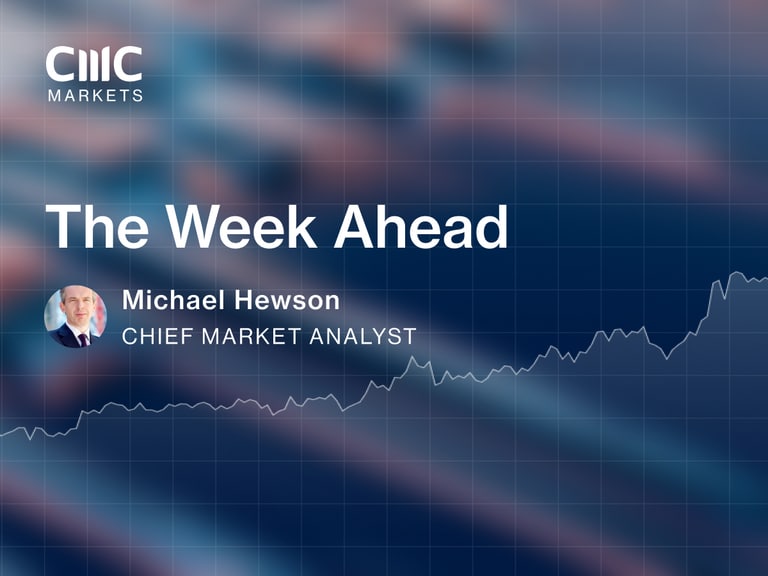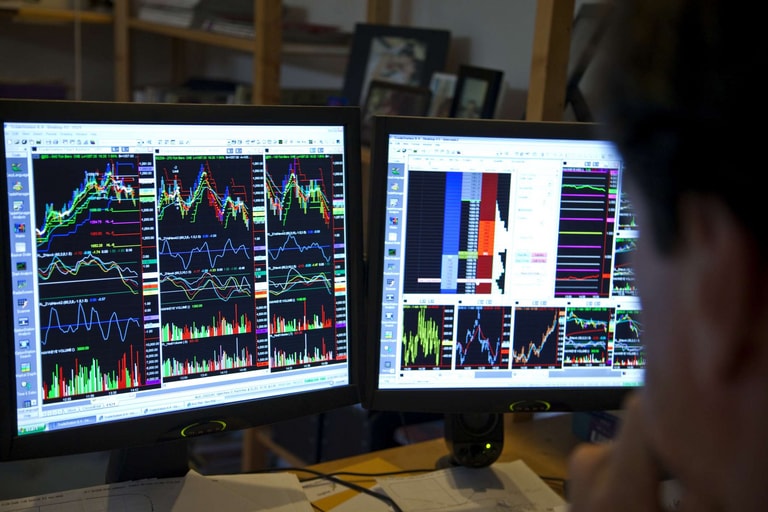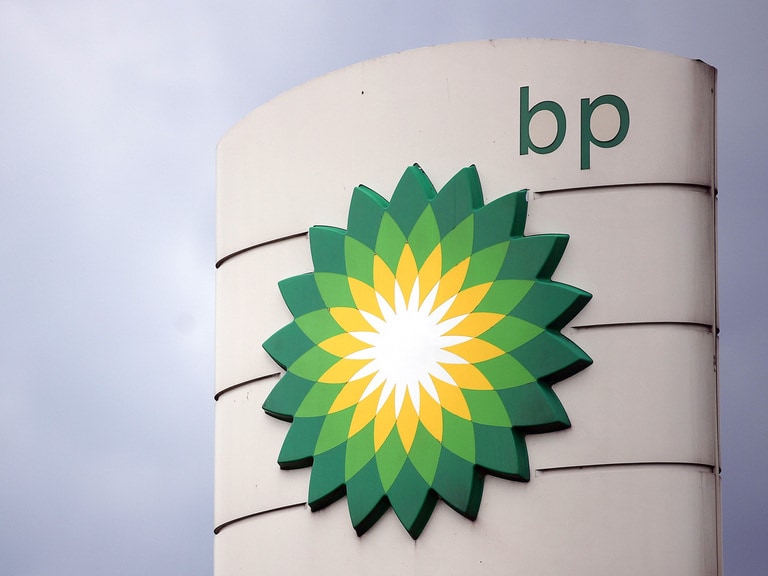It’s been a strong end to the month for European markets which have seen their best gains this year, with the notable exception of the FTSE 100, which has struggled to keep pace with its peers due to the underperformance of its big caps of BP, Shell, and AstraZeneca.
Europe
On the other hand, the FTSE 250 has put in its best month this year with strong gains for the likes of easyJet, Carnival and commercial real estate, as interest rates have eased.
Today’s gainers have been the likes of BP and Shell in the wake of this afternoon’s agreement by OPEC+ to cut another 1m barrels a day off production output, starting next year. Rolls-Royce is also having another strong session, and is one of the best performers this month, up over 25%, while housebuilders have also had a strong November with Barratt Developments and Taylor Wimpey leading the gains here.
It’s been another bad day for bootmaker Dr Martens shares which have had a dreadful year, starting off badly in January after the company issued a profits warning, with the shares slowly drifting lower over the course of the rest of this year, and getting bookmarked today with another profits warning, falling to new record lows today.
In January the bootmaker blamed supply chain issues in its US operation which it said reduced wholesale revenues by £15m-£25m, and EBITDA by around £20m. Things haven’t improved after today’s H1 revenues fell short of forecasts of £414m, at £395.8m. Profits before tax also declined by 55% to £25.8m.
Once again, it’s the company’s US operation which is acting as the main drag led by weakness in its wholesale operation. Consequently, the shares have slipped to new record lows with little likelihood that the company will be able to get anywhere close to matching the £1bn record revenues it generated last year. With respect to profits guidance Dr Martens said it expects to see full year EBITDA to be moderately below the bottom end of consensus expectations.
US
US markets opened higher after core PCE inflation slowed to 3.5% in October, and weekly jobless claims came in at 218k, both coming in as expected.
We also got some M&A on the news that AbbVie has agreed to pay $10.1bn for ImmunoGen as it looks to expand its cancer drug Elahere.
US automaker Ford has reinstated its full year forecast in the wake of the settlement of its dispute with the autoworkers which the company said will add an extra $8.8bn to its costs, which it said is the equivalent of shaving $900 of profit off the price of a vehicle. The company said it expects annual EBIT of between $10-10.5bn. The strikes are also estimated to have knocked $1.7bn off the company’s profits.
Salesforce shares have moved higher after reporting Q3 revenues of $8.72bn, an increase of 11% and profits of $2.25 a share. The company went on to upgrade its full year guidance for revenue to between $34.75bn and $34.8bn, and profits to between $8.18 and $8.19c a share, while nudging operating margins up to 30.5%.
Ohio based supermarket Kroger shares initially slipped lower after the company cut its annual sales forecast to between 0.6% to 1%, from 1% to 2%, although it raised the lower end of its profit forecast to $4.50 a share, from $4.45.
Snowflake shares pushed higher after the cloud software company reported Q3 revenue of $734.2m, comfortably beating forecasts of $714m, while profits came in at 25c a share. For Q4 the company raised its revenue forecast to between $716m and $721m, pushing annual product revenue expectations higher to $2.65bn.
FX
After several days of declines the US dollar appears to be undergoing an end of month rebound, after sinking to 3-month lows earlier this week, and undergoing its worst monthly performance since November last year, while US bond markets have seen their biggest rally since the 1980’s.
The pound on the other hand has seen its strongest monthly performance against the US dollar since November last year, and while sterling has slipped back today, that has been more of a function of US dollar strength than any underlying weakness. Today’s Lloyds business barometer survey for November came in at its highest level this year and best level since February 2022.
The euro has also finished the month on the back foot after EU CPI slowed more than expected in November, sliding -0.7% month on month, and rising 2.4% year on year, down from 2.9% in October. Core prices also slowed sharply, coming in at 3.6%, reinforcing the sentiment the idea that recent weakness in the economic numbers across the bloc is dragging prices lower. The latest revision to French Q3 GDP to -0.1% would appear to support this, raising the prospect the French economy could well be in recession already.
Commodities
Crude oil prices have continued to rise, pushing up to two-week highs with the OPEC+ meeting reported to have agreed to an extra 1m barrels per day of output cuts, on top of the 1m barrels that the Saudis had already committed to previously during the summer. The additional cuts, starting next year, came against a backdrop of various members haggling over where those output cuts might fall, against a backdrop of concerns over slowing demand. Yesterday inventory levels rose for the second week in a row in a sign that consumers are cutting back, against a backdrop of nervousness over the health of the global economy, which also helps explain why on the month crude prices are lower.
The increasing prospect that rate cuts might come as soon as Q2 next year has prompted a sharp slide in yields this month along with a weaker US dollar which is helping to support gold prices. The downside risk for gold now is the idea that the declines being seen in the pace of inflation starts to slow, and rate cut bets get pared back as inflation becomes stickier.
Volatility
The New Zealand dollar found itself in focus on Wednesday, advancing to four-month highs in the wake of some hawkish tones from the country’s central bank. The RBNZ hinted at the possibility of further monetary policy tightening in a bid to calm inflation, lifting the kiwi dollar-dollar contract briefly above the 0.62 level. One day vol stood at 16.13% against 10.85% for the month.
Palladium prices may have found some support mid-month from their longer-term trend lower, but that’s now looking short lived. Some modest gains for the greenback against many currencies also served to exacerbate the downside, with the metal trending back towards the $1000 mark. One day vol printed 54.3% against 46.26% for the month.
Keeping with commodities and Soybean prices are seeing moderately elevated levels of price action with reports of a hot summer growing season in South America lending support as expectations of a poor harvest for the year grow. One day vol advanced to 22.6% against 19.94% for the month.
And CMC’s proprietary basket of EU Automobile stocks saw interest yesterday, driven by the biggest constituent Stellantis. The company’s CEO may have struck a cautionary note at a press conference yesterday, but investors appeared to find optimism in the news, driving the stock to a fresh closing high. One day vol on the EU Autos basket stood at 29.12% against 25.04% for the month.
Disclaimer: CMC Markets is an execution-only service provider. The material (whether or not it states any opinions) is for general information purposes only, and does not take into account your personal circumstances or objectives. Nothing in this material is (or should be considered to be) financial, investment or other advice on which reliance should be placed. No opinion given in the material constitutes a recommendation by CMC Markets or the author that any particular investment, security, transaction or investment strategy is suitable for any specific person. The material has not been prepared in accordance with legal requirements designed to promote the independence of investment research. Although we are not specifically prevented from dealing before providing this material, we do not seek to take advantage of the material prior to its dissemination.






